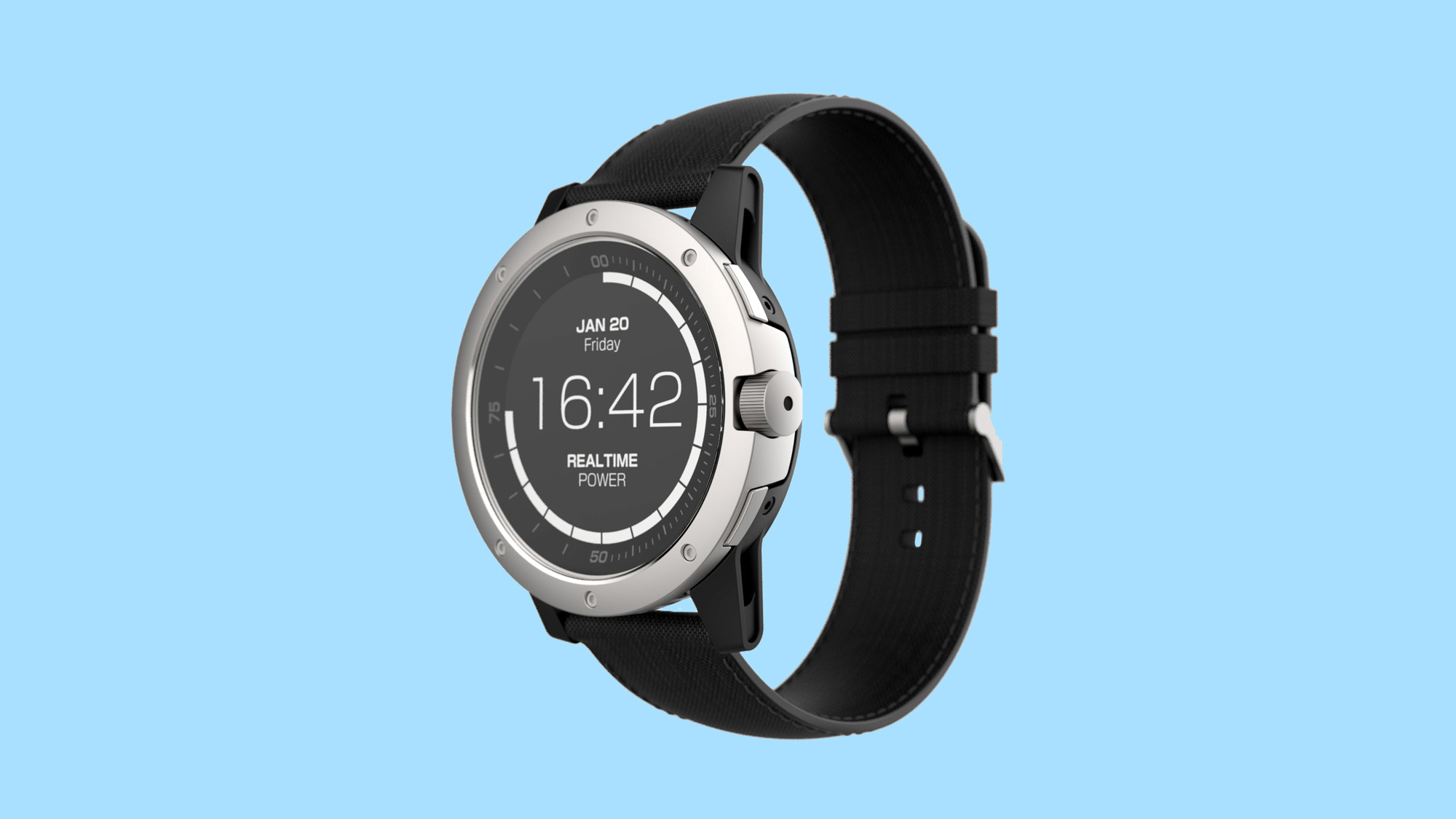Body Heat Powers This Smart Watch

A Menlo Park startup has created a smart watch that runs on body heat. While basic, it could usher in a new generation of wearable devices that never need to be charged.
During a demo, Matrix engineering lead Anne Ruminski held the watch to her wrist, causing its black and white screen to boot up within a few moments. Despite being the same size and shape as a Garmin Forerunner smart watch, its abilities—step tracking, calorie counting, and sleep monitoring—are more akin to a FitBit.
The watch powers itself with what’s known as a thermoelectric generator. The temperature gradient causes electrons in the watch to flow, creating an electric current. Ruminski says Matrix’s breakthrough was discovering how to dissipate the resulting heat, which would otherwise ruin the temperature gradient.
The company also benefited from a trend toward less energy-hungry devices. The PowerWatch only gets a tiny amount of power to work with, but it does a relatively large amount of tasks with it. A small backup battery in the watch allows it to store data and the time when it’s not on your wrist.
Matrix is not the first group to build a wearable that runs on body heat. North Carolina State University researchers recently revealed a thermoelectric generator that they believe could be incorporated into shirts and other items of clothing. Other teams are looking into making use of waste heat from sources other than the human body. But there hasn’t been a high-profile thermoelectric wearable to actually make it to market.
Matrix opened $99 pre-orders for the watch Tuesday and plans to ship it in July 2017. Its full retail price will be $160. The company has not yet developed the software for the watch, though Ruminski says the hardware is already complete—as a result, I couldn’t see the watch’s functions beyond simply turning on.
Matrix also plans to apply its thermoelectric approach to other devices. Medical devices, hearing aids, and wearable sensors could also run on body heat. They may be better use cases, too. Smart watch enthusiasts will quickly notice the PowerWatch’s simplicity compared to examples like the Apple Watch. But sensors are a newer category that don’t require a highly interactive screen.
University of Pennsylvania assistant professor of health care management Mitesh Patel notes that about half of people who purchase a wearable device stop wearing it within a few months. Every time you take off a smart watch is an opportunity to stop using it.
“Wearable devices are more likely to help individuals for longer periods if their technology is designed to reduce barriers to engagement such as the need for regular charging,” Patel says.
Keep Reading
Most Popular
Large language models can do jaw-dropping things. But nobody knows exactly why.
And that's a problem. Figuring it out is one of the biggest scientific puzzles of our time and a crucial step towards controlling more powerful future models.
How scientists traced a mysterious covid case back to six toilets
When wastewater surveillance turns into a hunt for a single infected individual, the ethics get tricky.
The problem with plug-in hybrids? Their drivers.
Plug-in hybrids are often sold as a transition to EVs, but new data from Europe shows we’re still underestimating the emissions they produce.
Stay connected
Get the latest updates from
MIT Technology Review
Discover special offers, top stories, upcoming events, and more.